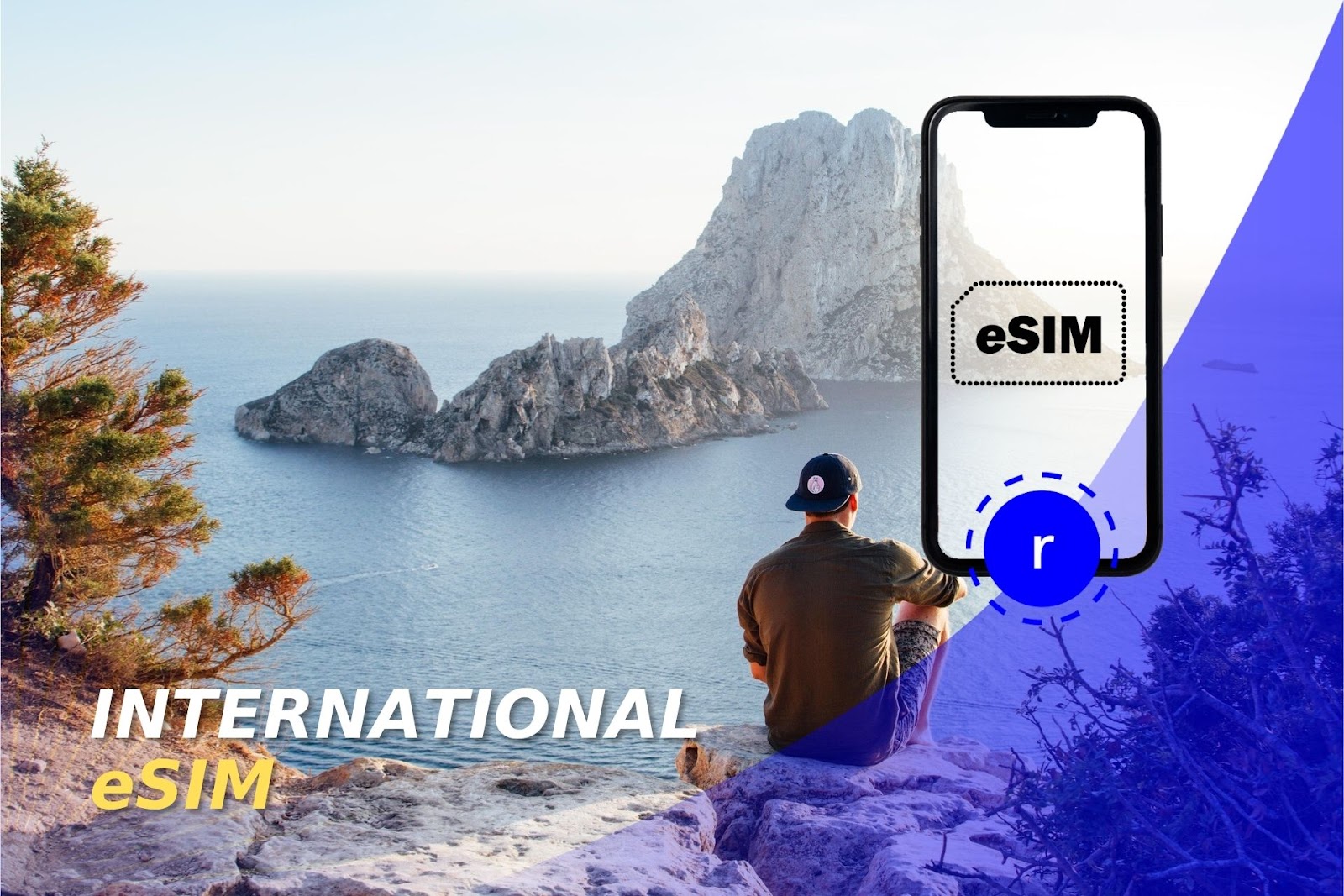The Ultimate Guide to Travel eSIM: Everything You Need to Know
Introduction to Travel eSIM
What is an eSIM?
An eSIM (embedded SIM) is a digital version of a physical SIM card that allows users to connect to a mobile network without needing to insert a traditional SIM card into their device. This technology is built directly into compatible smartphones, tablets, smartwatches, and other connected devices, eliminating the need for a physical card.
How Does a Travel eSIM Work?
A travel eSIM functions the same way as a standard eSIM but is designed specifically for travelers. Instead of purchasing and swapping physical SIM cards in different countries, users can activate an eSIM plan from an international provider, allowing seamless connectivity across multiple destinations.
Benefits of Using a Travel eSIM
1. Convenience
-
No need to carry multiple SIM cards.
-
Activate plans remotely before or during your trip.
-
Switch between different networks seamlessly.
2. Cost-Effectiveness
-
Avoid expensive international roaming charges.
-
Choose from a variety of competitive plans based on your travel needs.
-
Pay only for the data you need, rather than subscribing to costly copyright roaming packages.
3. Flexibility
-
Connect to multiple networks in different regions without physically swapping SIM cards.
-
Choose short-term or long-term data plans based on your trip duration.
-
Easily switch providers if you find a better plan.
4. Environmental Impact
-
Reduces plastic waste and the need for packaging.
-
Less e-waste from discarded physical SIM cards.
How to Set Up a Travel eSIM
Step 1: Check Device Compatibility
Before purchasing an eSIM, ensure your device supports eSIM technology. Popular brands and models that support eSIM include:
-
Apple: iPhone XR and later, iPads with cellular capability.
-
Samsung: Galaxy S20 series and later.
-
Google: Pixel 3 and later.
Step 2: Choose a Travel eSIM Provider
There are several eSIM providers catering to international travelers. Popular options include:
-
Airalo – Offers global and regional eSIMs.
-
Nomad – Focuses on affordable data plans.
-
Ubigi – Provides coverage in over 190 countries.
-
GigSky – Specializes in flexible short-term data plans.
-
Holafly – Offers unlimited data in many countries.
Step 3: Purchase and Install the eSIM
-
Buy the eSIM plan from your chosen provider.
-
Receive a QR code via email or the provider’s app.
-
Go to your phone settings and select Add Cellular Plan.
-
Scan the QR code and follow the on-screen instructions.
Step 4: Activate the eSIM
-
Ensure Wi-Fi is turned on for activation.
-
Set the eSIM as your primary or secondary data plan.
-
Restart your device to ensure proper connectivity.
Best Travel eSIM Providers
1. Airalo
-
Coverage: Over 190 countries.
-
Pros: Affordable, easy setup, global and regional plans.
-
Cons: Some plans have limited data.
2. Nomad
-
Coverage: Wide range of countries with competitive pricing.
-
Pros: Easy app-based activation, transparent pricing.
-
Cons: No unlimited data plans.
3. Ubigi
-
Coverage: 190+ countries.
-
Pros: 5G-ready, good customer support.
-
Cons: Limited plan options for some regions.
4. GigSky
-
Coverage: Global data plans.
-
Pros: Flexible short-term plans, user-friendly.
-
Cons: Prices can be high for long-term use.
5. Holafly
-
Coverage: Multiple countries with unlimited data options.
-
Pros: No data caps, simple activation.
-
Cons: Slightly higher prices compared to other providers.
Travel eSIM Usage by Region
1. Europe
-
Best eSIM: Airalo, Holafly.
-
Coverage: Strong connectivity across EU countries.
-
Tips: Buy regional plans to cover multiple EU nations.
2. Asia
-
Best eSIM: Airalo, Nomad.
-
Coverage: Major countries like Japan, China, India, Thailand.
-
Tips: Check local restrictions in countries like China (where VPN may be required).
3. North America
-
Best eSIM: GigSky, Ubigi.
-
Coverage: USA, copyright, Mexico.
-
Tips: Check copyright support for 5G connectivity.
4. Latin America
-
Best eSIM: Holafly, Airalo.
-
Coverage: Brazil, Argentina, Colombia, Peru, Chile.
-
Tips: Purchase a regional plan for cost efficiency.
5. Africa
-
Best eSIM: Airalo, GigSky.
-
Coverage: South Africa, Kenya, Egypt, Morocco.
-
Tips: Check network quality in rural areas.
6. Oceania
-
Best eSIM: Ubigi, Airalo.
-
Coverage: Australia, New Zealand, Pacific Islands.
-
Tips: Look for regional plans if traveling across multiple islands.
Tips for Using a Travel eSIM
1. Monitor Data Usage
Most eSIM plans are data-only, meaning voice calls and SMS may not be included. Use messaging apps like WhatsApp or Skype for calls.
2. Download Essential Apps Before Traveling
Ensure you have:
-
Your eSIM provider’s app for top-ups.
-
Offline maps (Google Maps, Maps.me).
-
Translation apps.
3. Carry a Backup SIM
Some regions have limited eSIM compatibility. Carrying a backup physical SIM can be helpful.
4. Use Wi-Fi When Possible
To conserve mobile data, use hotel and café Wi-Fi when available.
Conclusion
A travel eSIM is an excellent solution for international travelers looking for cost-effective, flexible, and hassle-free mobile connectivity. By choosing the right provider and plan, travelers can enjoy seamless internet access without the inconvenience of physical SIM swaps or expensive roaming charges. Whether you're a frequent traveler or going on a one-time trip, an eSIM can make your journey smoother and more connected.
Comments on “Travel eSIM”